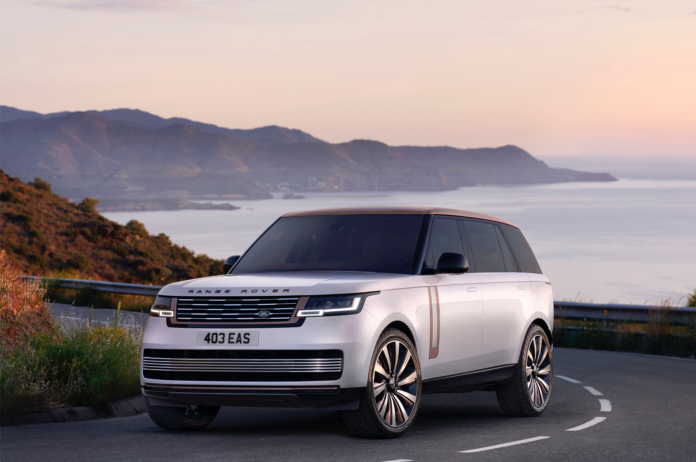Lincoln Aviator, Hyundai Santa Fe, Lexus GX, Cadillac Escalade IQ, Toyota Land Cruiser. All four sport utility vehicles (SUVs) have brought up immediate comparisons to Land Rover design.
Why do these new vehicles pull so strongly on Land Rover aesthetics? Are designers out of ideas? Is it that Land Rovers are so iconic that looking like one is an immediate badge of off-road authenticity?
Basem Wasef, a luxury consultant, automotive journalist and owner of a 1963 Land Rover Series 2A and 1992 Land Rover Defender 110, told Newsweek that he sees the industry move toward Land Rover-esque design as meaning that automotive designers are coming full circle.
“Several new SUVs have been called out for their styling similarities to modern Land Rovers, but the boxy aesthetic actually has roots in far earlier models. Defender 90 and 110s pioneered the British brand’s reputation for ruggedness, and it just so happens that adventure travel is in vogue again—which explains the sincerest form of flattery,” he said.
Ford Motor Company

Jaguar Land Rover
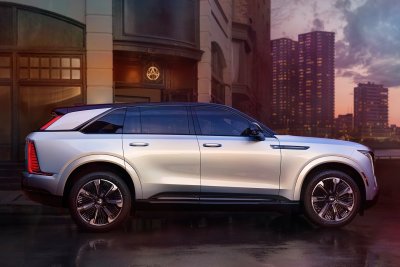
General Motors
The concept of that sort of flattery is nothing new. “Regarding Land Rover and its stylistic gravitational pull, I would say that it only proves the famed Pablo Picasso saying that ‘good artists borrow, great artists steal’,” Larry Printz, internationally-syndicated automotive journalist, concours judge and member of the Society of Automotive Historians, told Newsweek.
“Automotive design is like any other design; good ideas get copied and filtered into new forms. Certainly, automakers have long practiced this, be it Cadillac’s tailfins, which debuted for 1949; Lincoln copying the Rolls-Royce grille for its 1969 Continental Mark III; and every Japanese automaker copying the 1976 Cadillac Seville for their 1980s-era compact sedans.
“Land Rover’s Range Rover put the most elegant spin on SUVs, creating the rugged, sporting, elegant stiff upper lip that’s the automotive equivalent of a Barbour overcoat. There’s a timelessness to it, as Land Rover always lacked the resources to follow Detroit’s annual model change mantra. That only enhanced the Range Rover’s gravitational pull on designers, who always fall back on classic design and proportion, which the Range Rover has. There’s little need to radically rethink it.”
That timelessness still has a home at Land Rover, where the company is rethinking design language while keeping its heritage and the emotional connection its customers feel, strongly in focus. “I believe great design is the gateway to customer desirability – it’s about making that all-important emotional connection. It has the ability to transform business, while enriching people’s lives,” Prof. Gerry McGovern OBE, Chief Creative Officer at JLR, the Land Rover brand’s parent company told Newsweek.
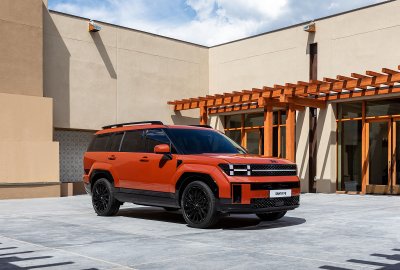
Hyundai Motor America
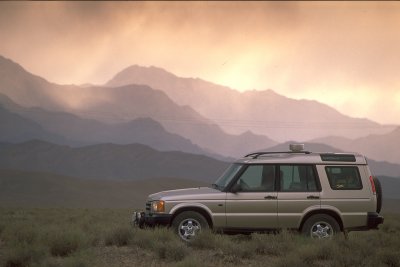
Jaguar Land Rover

Toyota Motor North America
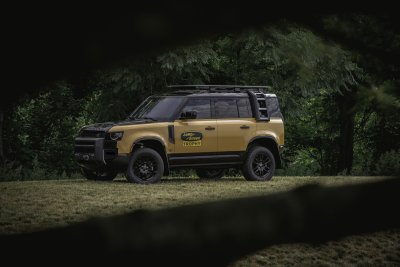
Jaguar Land Rover
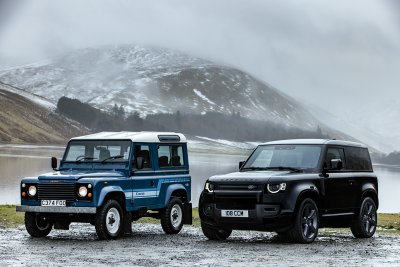
Jaguar Land Rover
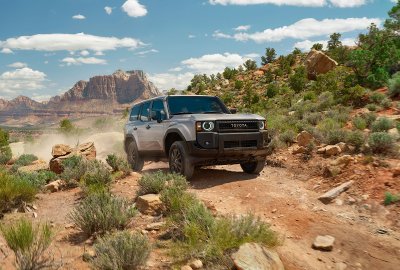
Toyota Motor Sales U.S.A. Inc.
Not all off-road-centric SUVs pull from the Land Rover heritage design bin. Ford’s Bronco is firmly footed in the vehicle’s heritage. Jeep has done the same with Wrangler.
“Given the billions of dollars it takes to develop an SUV from scratch, it’s less risky to follow the design trail trod by others. It’s remarkable how much good design heritage is ignored by Detroit automakers. And it’s not about being retro, it’s about using this design elements in a new fresh way,” Printz said.
“That’s particularly important for SUVs and pickup trucks, which tend to have longer lives. And it’s why no one remembers, or for that matter recalls, what a 1989 Ford Bronco looks like, but they remember what the Bronco was supposed to look like and the newest version leans into that ideal well,” he continued.
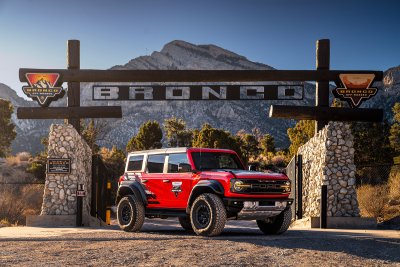
Ford Motor Company
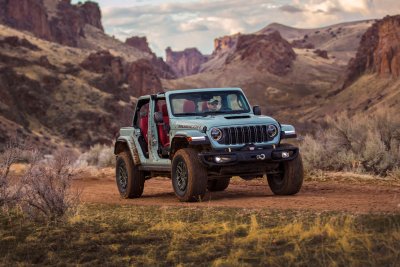
Stellantis
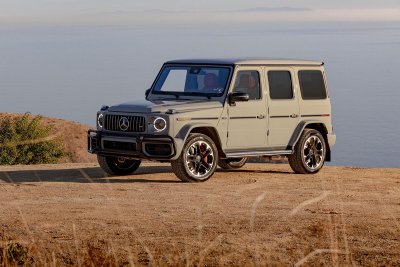
Mercedes-Benz
“Some models, like the Mercedes-Benz G-Wagen, never stepped away from the boxy aesthetic,” Wasef pointed out. “But now that rounded edges are waning in the design vernacular, it’s only natural that the automotive world has returned full-circle, so to speak, to the language of squares and rectangles.”
While other brands push forward with their Land Rover-inspired designs, Land Rover itself is evolving, smoothing out edges and replacing stoic panels with designs filled with flash and tension.
“Land Rover has transformed exponentially in the last 15 years, from the groundbreaking design of the Range Rover Evoque to the reductive Range Rover Velar and reimagining of two icons – Defender and Range Rover. It has a strong design strategy that clearly communicates what the brand stands for, defined by a modernist design philosophy that goes beyond the traditional automotive traits,” McGovern said.
“Now, with our Reimagine vision to become the creators of some of the world’s most desirable modern luxury brands, we are amplifying the distinctive DNA of each of our four unique British brands: Range Rover; Defender; Discovery and Jaguar. Creating four brand worlds with their own unique story, purpose and identity.
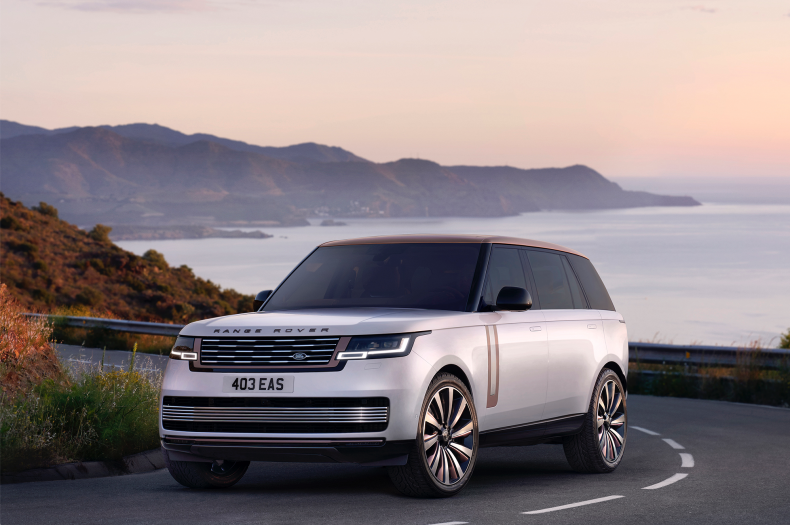
JAGUAR LAND ROVER
“Clean, reductive and free from ornamentation, our modernist design philosophy will continue to evolve, becoming the unifier across our House of Brands, but differentiated by each brand’s specific values. Elevating their distinct characteristics, alongside a new generation of visually compelling, relevant vehicles, to authentically build desirability and create truly emotionally engaging experiences.”


